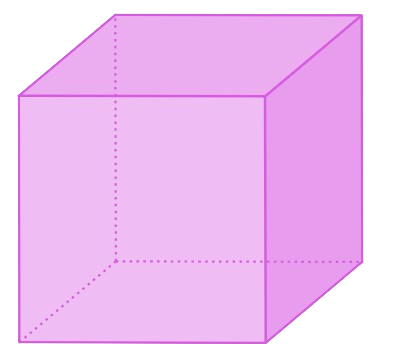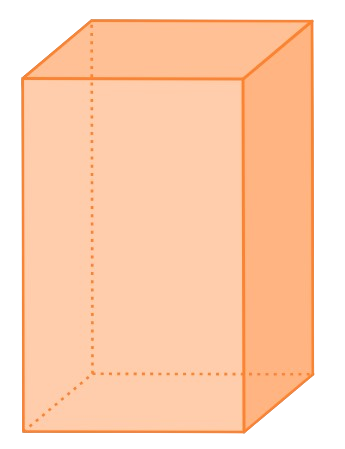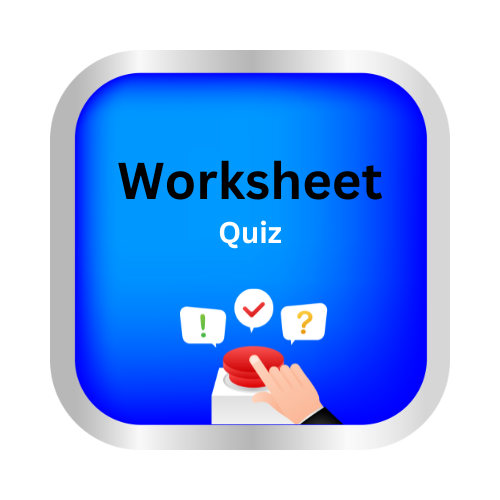Count vertices, edges, and faces
Key Notes:
Basic Shapes and Their Parts:
- Solid Shapes (3D): These shapes take up space and have three dimensions (length, width, height). We can count their vertices, edges, and faces.
- Vertex (Vertices):
- A corner where two or more lines (edges) meet.
- Think of it as the “pointy” part of a shape.
- Example: The corner of a box.
- Edge:
- A line segment where two faces of a solid shape meet.
- Think of it as the “side” or “line” of a shape.
- Example: The line where two sides of a box connect.
- Face:
- A flat surface of a solid shape.
- Think of it as the “flat part” you can touch.
- Example: One side of a box.
II. Common Solid Shapes :
- Cube:
- Looks like a box where all sides are squares.
- Vertices: Count all the corners (8).
- Edges: Count all the lines where the sides meet (12).
- Faces: Count all the square sides (6).
- Cuboid (Rectangular Prism):
- Looks like a box (can be long or short). All faces are rectangles.
- Vertices: Count all the corners (8).
- Edges: Count all the lines where the sides meet (12).
- Faces: Count all the rectangular sides (6).
- Sphere:
- Looks like a ball.
- Vertices: 0 (no corners).
- Edges: 0 (no straight lines).
- Faces: 1 curved surface.
- Cylinder:
- Looks like a can or a tube. It has two flat circular ends and one curved surface.
- Vertices: 0 (no pointy corners).
- Edges: 2 circular edges where the flat ends meet the curved surface.
- Faces: 3 (2 flat circles, 1 curved surface).
- Cone:
- Looks like an ice cream cone or a party hat. It has one flat circular base and one curved surface that comes to a point.
- Vertices: 1 (the pointy top).
- Edges: 1 circular edge where the base meets the curved surface.
- Faces: 2 (1 flat circle, 1 curved surface).
III. How to Count:
- Vertices: Carefully point to each corner as you count.
- Edges: Carefully trace along each line where two faces meet as you count. It can be helpful to mark each edge as you count it to avoid double-counting.
- Faces: Carefully count each flat surface. For curved surfaces (like on a sphere, cylinder, or cone), identify them as one continuous face.
Learn with an example
How many faces does this shape have?

___________ faces
Faces are the flat parts of the shape. Here is a face.

Count the faces.
Start with the two opposite faces.

Next, go around the shape.

The shape has 6 faces.
How many faces does this shape have?

____________ faces
Faces are the flat parts of the shape. Here is a face.

Count the faces.
Start with the two opposite faces.

Next, go around the shape.

The shape has 6 faces.
let’s practice! 🖊️

